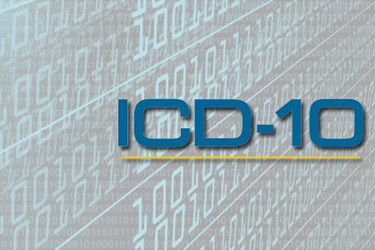How Much Will ICD-10 Cost Your Practice?

By Katie Wike, contributing writer

Initial reports estimated an ICD-10 implementation would be accompanied by a hefty price tag, but a more recent evaluation found costs might not be as high as initially believed.
Health IT Outcomes reported ICD-10 preparation could be costly for providers, especially those in small practices. These estimates predicted the cost could be as high as:
- $56,639 to more than $226,000 for small practices
- $213,364 to more than $824,735 for medium practices
- $2 million to more than $8 million for large practices
“These figures indicate that physician practices face significant costs with ICD-10 implementation, and especially the risk of payment disruptions,” the report's authors at the AMA said. “A poorly executed ICD-10 implementation effort will increase those risks and expose practices to large costs in 2014 and beyond.”
Now, a report published online in the Journal of the AHIMA has potential good news for providers – the cost of ICD-10 just might not be as much as initially expected.
“There are a number of reasons why the cost estimates reported in this article are lower,” state the authors. “The costs related to EHR adoption and other healthcare initiatives, like meaningful use are not directly related to the ICD-10 conversion although these costs were sometimes included in ICD-10 conversion cost estimates. The coding industry is much more knowledgeable and ready for ICD-10 now than previously reported. Furthermore, the activities necessary to be ready for ICD-10 have become available at very low cost.”
According to Health Data Management, the report found the cost of ICD-10 for small practices to be significantly lower than what one report previously thought: $22,560 to $105,506. The AHIMA report suggests this cost will more likely be in the range of $1,900 to $5,900 for small practices.
“Since the new estimates of the costs for ICD-10 preparation are much lower than originally estimated, the barriers to ICD-10 implementation are much less than originally projected,” say researchers.
